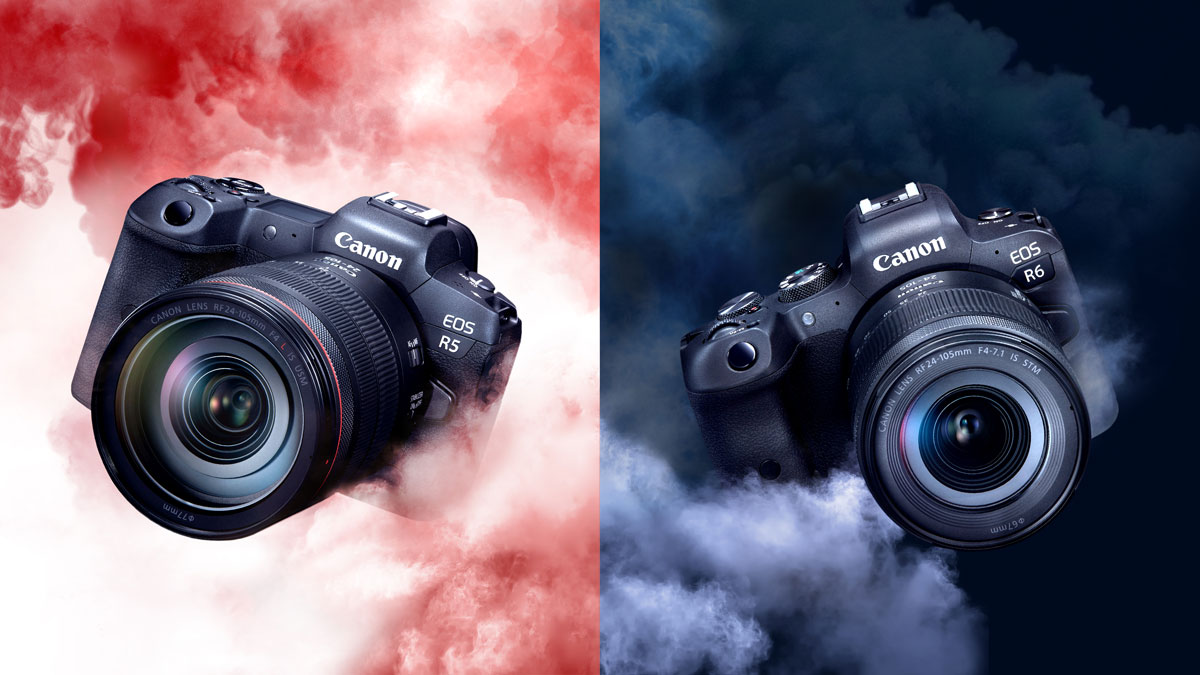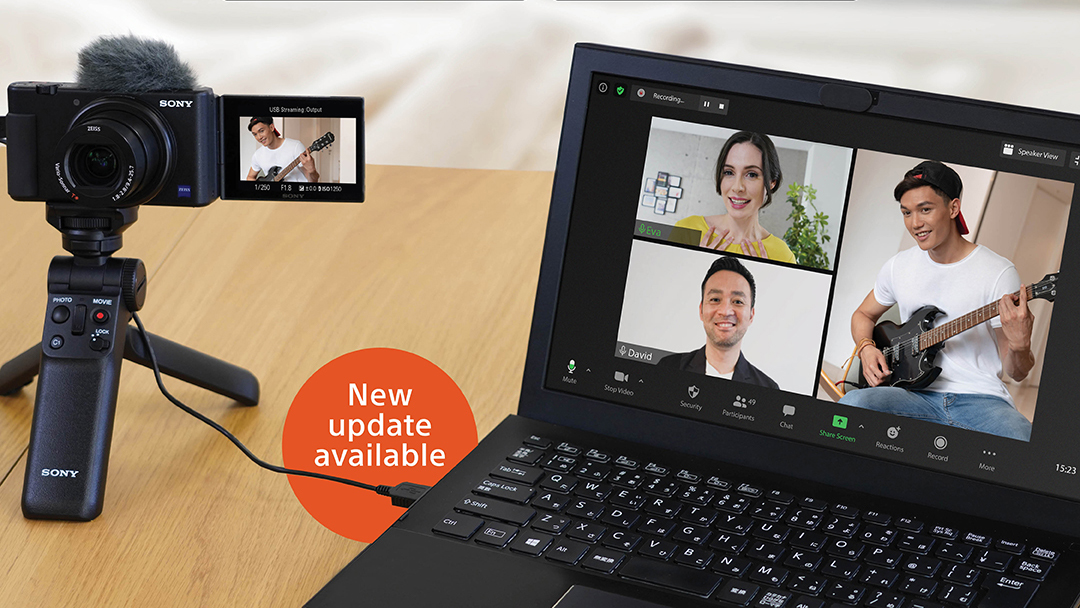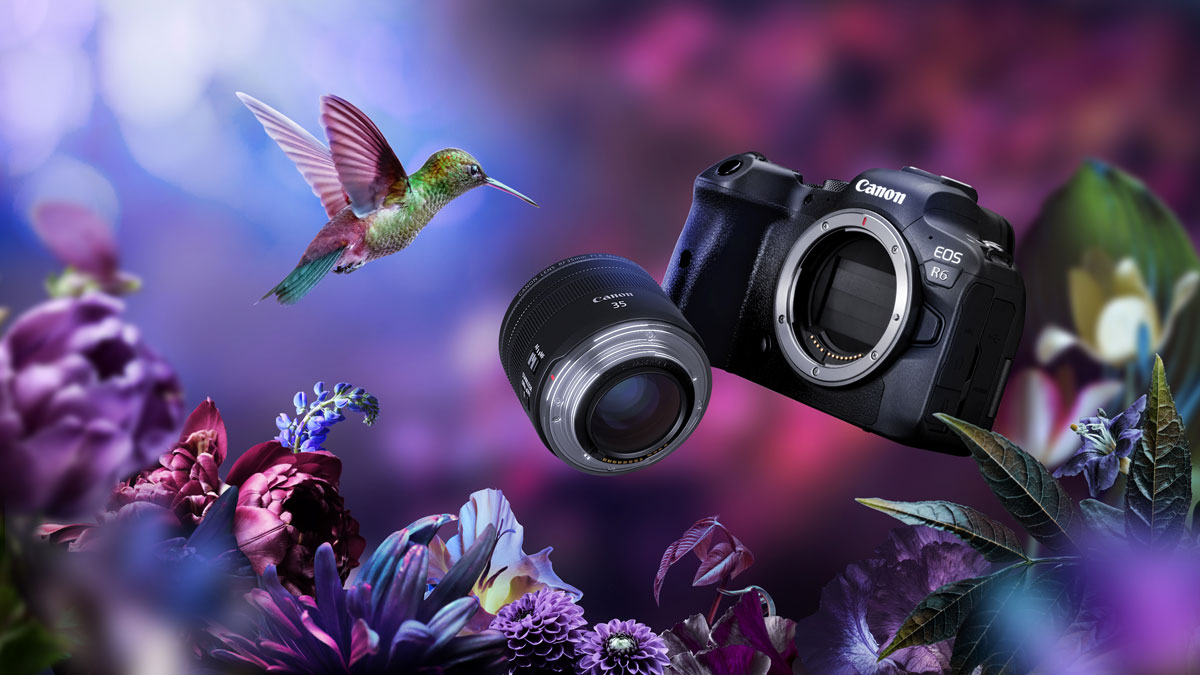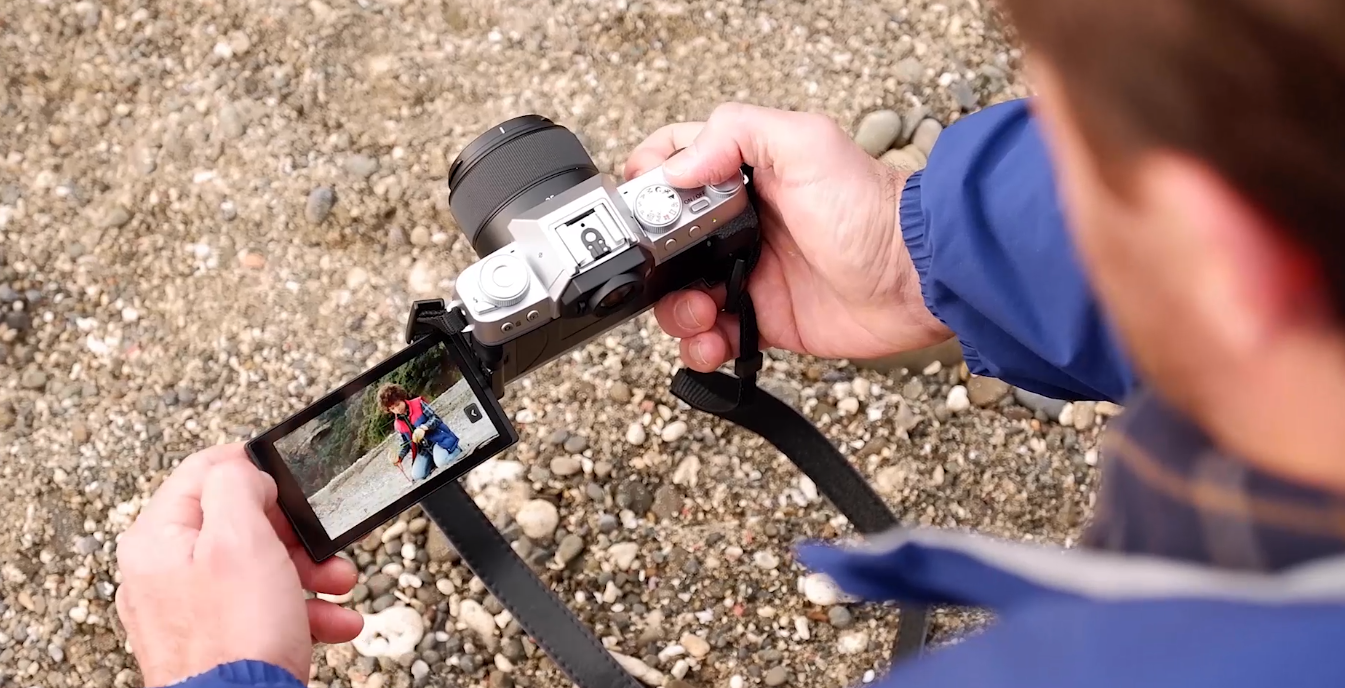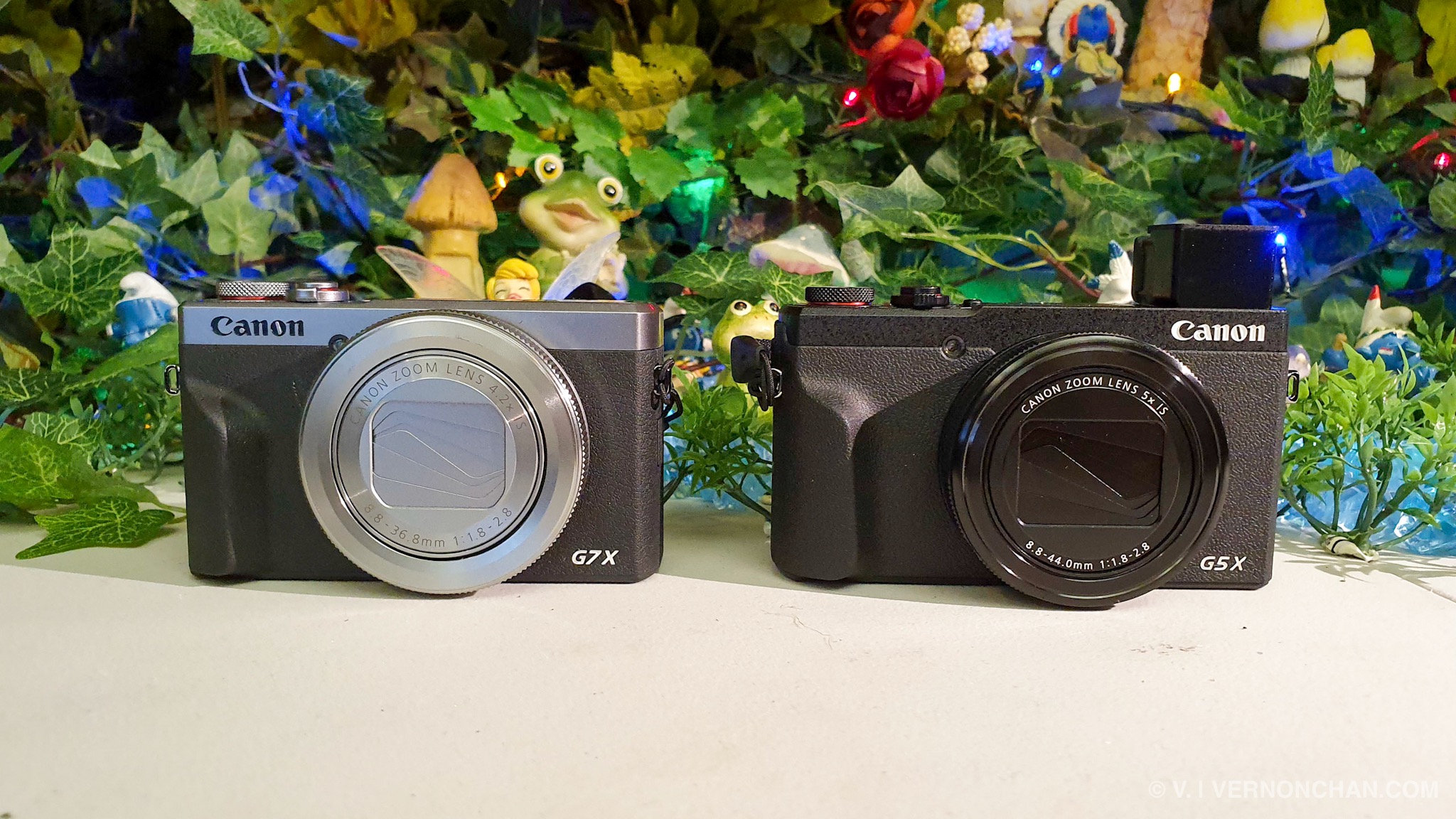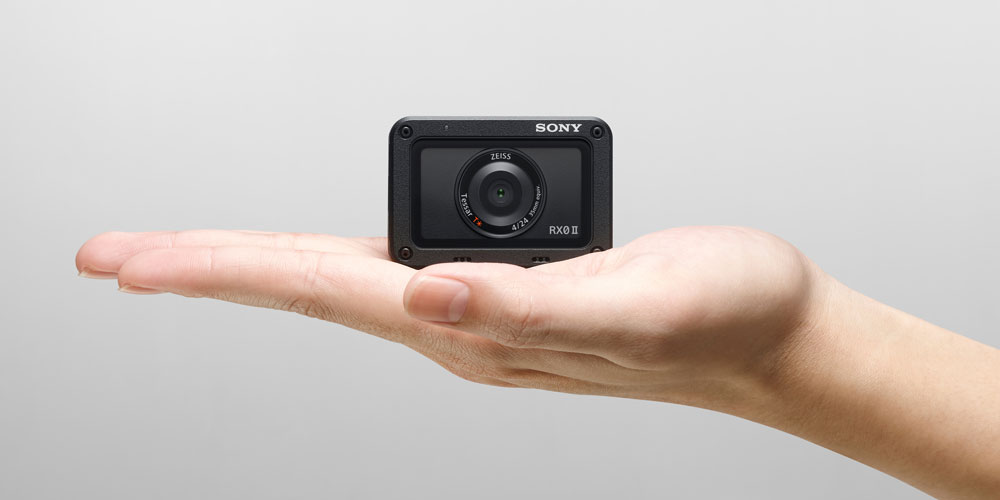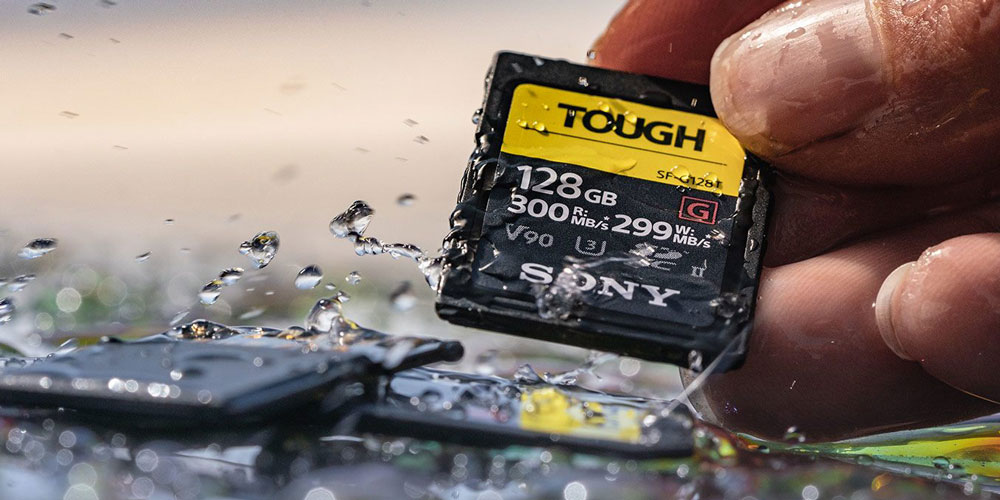The pros will tell you that resolution isn’t everything. That being said, Canon has just fired a warning salvo to its rivals—with the EOS R5 and EOS R6—two phenomenally powerful full-frame mirrorless cameras. Boasting flagship-level sensors, in-body image stabilisation (IBIS), up to 8K video shooting at full crop, and up to 20fps fast continuous shooting, the new EOS R-series impresses from the get go.
It has taken some time for Canon to get here, signalling a shift in strategy. While Sony embraced mirrorless early and spearheaded the growth of the platform (the full-frame mirrorless Alpha line debuted in 2014), Canon stuck to its DSLR roots, and Panasonic was comfortable playing with its small crop sensors.
For Canon, this isn’t their first attempt at a full-frame mirrorless camera, having introduced the EOS R two years ago.
This time though, Canon is singing a different tune—to filmmakers and professional content creators.
The company is also lining up its full-frame mirrorless cameras with its DLSRs, with the EOS R5 matching the 5D-series flagship DSLRs, and the EOS R6 lining up with the 6D-series DSLRs.

EOS R5
The EOS R5 is Canon’s first full-frame mirrorless interchangeable-lens camera which can record 8K videos at 30fps with full sensor readout. The camera boasts a 45MP full-frame CMOS sensor, coupled with the processing power of DIGIC X and ultra-fast CFexpress media.
It can also shoot 4K up to 120p and offers high sensitivity of ISO100-51200 (expandable up to 102400).
The EOS R5’s autofocus system builds upon the flagship EOS 5D Mark IV’s, now offering 100 per cent coverage with 1,053 points and uses “deep learning” to identify subjects. It has face and eye detection, and also animal detection mode. Additionally, it offers low luminance Auto Focus sensitivity of EV -6, ensuring it sees in the dark, even if you can’t.
One amazing new feature is the 8-stop IBIS that blows every other camera out of the water. IBIS works for both photos and videos.
For those who prefer a viewfinder, the R5’s OLED EVF offers a high resolution of 5.76 million dots, with up to a 120fps refresh rate.
Otherwise, there’s a 3.2-inch 2.1 million dot articulating touchscreen.
The EOS R5 doesn’t just excel at videography, of course. It will happily shoot stills with burst speeds of up to 12fps using the mechanical shutter and 20fps with the electronic shutter.
The camera offers a fast CFexpress card slot in addition to a single SD (UHS-II).

It also has a top panel LCD and additional dials that the cheaper EOS R6 does not.
The EOS R5 offers built in 2.4GHz/5GHz Wi-Fi and Bluetooth, and the optional WFT-R10A Wireless File Transmitter can add wired/wireless LAN options.
EOS R6
The EOS R6 may sit below its bigger brother the R5, but its no less impressive. The camera will gracefully take on the likes of the Sony A7 III or Panasonic S1.
Sensor-wise, the EOS R6 adopts the 20MP full-frame sensor from the flagship EOS-1DX Mark III. Where it loses out in raw resolution to the R5, the R6 makes up for it in sensitivity–capable of achieving a native ISO of up to 102,400 (expandable to 204,800).
The EOS R6 will shoot 4K UHD (60p) and slow mottion at Full HD (120p).
Similar to the EOS R6, the EOS R5 features the famed Dual Pixel CMOS AF II—for the first time offering 100 per cent coverage of the entire sensor.
The similarities don’t end there. The EOS R6 also comes with the 8-stop IBIS and matches the R5’s ability to shoot at burst speeds of up to 12 fps and 20 fps using the mechanical and electronic shutter, respectively.
The camera packs a fully-articulating 1.62 million dot rear display and a 3.69 million dot OLED EVF.
It offers dual UHS-II card slots and also offers Wi-Fi and Bluetooth, although it lacks supports for the faster 5GHz band.
New RF lenses
Both the EOS R5 and EOS R6 support RF lenses and EF lenses (with an adapter).
Canon also introduced a trio of RF-mount prime lenses—the RF85mm f/2 MACRO IS STM, RF600mm f/11 IS STM, and RF800mm f/11 IS STM.
The new lenses are targeted at advanced amateur photographers, specifically for shooting wildlife, macro, or portraiture.
That’s not all, the RF100-500m f/2.5-7.1L IS USM made a debut, the Canon EOS R-series first ever super-telephoto L zoom lens. The lens is the RF version of the popular EF100-400mm f/4.5-5.6 IS II USM lens.
Canon also unveiled two new 1.4x and 2x extenders—the Extender RF 1.4x and Extender RF 2x. Both are compatible with the RF100-500mm f/4.5-7.1L IS USM, RF600m f/11 IS STM, and RF800m f/11 IS STM.
Pricing and availability
| Model | RRP (MYR) | Availability |
| EOS R5 Body | 17,999 | August 2020 |
| EOS R5 RF24-105mm USM | 23,018 | August 2020 |
| EOS R6 Body | 11,999 | September 2020 |
| EOS R6 RF24-105mm IS STM | 13,888 | September 2020 |
| EOS R6 RF24-105mm USM | 17,018 | September 2020 |
| RF85mm f/2 Macro IS STM | To be announced | To be announced |
| RF600mm f/11 IS STM | 3,409 | August 2020 |
| RF800mm f/11 STM | 4,409 | August 2020 |
| RF100-500mm f/4.5-7.1L IS USM | 13,069 | September 2020 |
| Extender RF1.4x | 2,439 | August 2020 |
| Extender RF2x | 2,939 | August 2020 |
Latest news
- Sony’s New WH-1000XM6: Taking Noise Cancellation to Ridiculous New Heights
- AirAsia Power Bank Policy 2025: New In-Flight Restrictions You Need to Know
- Trump Tariffs: Impact on Tech and Your Wallet in 2025
- Canon EOS R50 V: Why Content Creators Will Love This New Camera
- How to Check Unclaimed Money in Malaysia with eGUMIS (2025 Guide)
Subscribe to Vernonchan.com: Never miss a story, read stories on Feedly and Medium
Disclosure: Keep in mind that VERNONCHAN.COM may receive commissions when you click our links and make purchases. Clicking on these links cost you nothing and it helps to cover some of the costs for the upkeep of the site. While we may receive commissions, this does not impact our reviews, views and opinions which remain independent, fair, and balanced. Thank you for your support.


